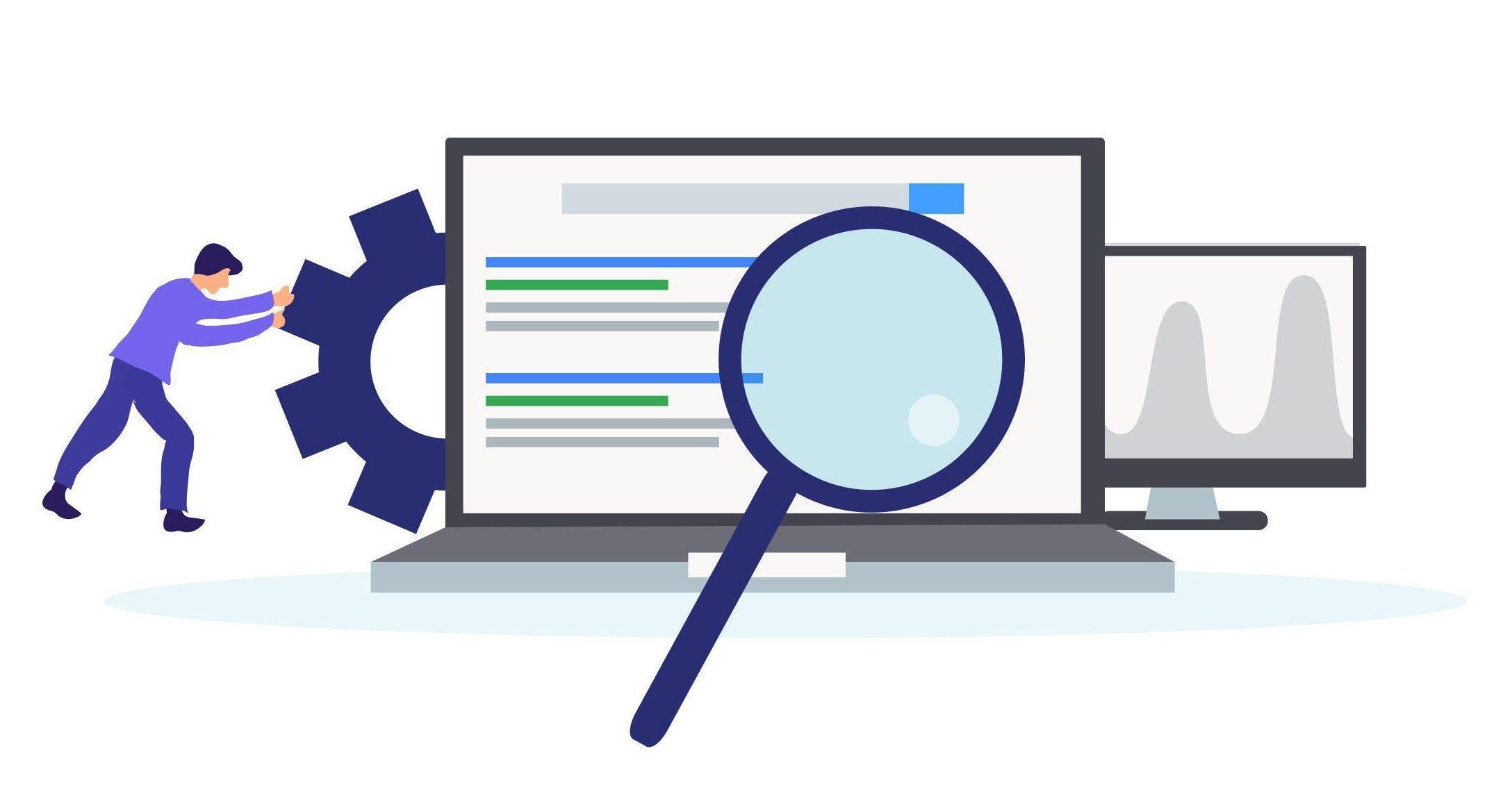Any website that covers eating out, cooking, or food can be considered a food blog.
Building a food blog gives you the unique opportunity to share your knowledge with others. It can also provide a sustainable income that can become quite substantial if you focus on providing quality content that you can monetize.
What You Need to Start a Food Blog

If you love to cook and want to share your recipes with the world, starting a food blog is a great way to do it
- Domain Name
To start a food blog you’re going to name your blog and buy a matching domain name. Domain names should be memorable and short.
- Hosting
A hosting provider will make your website accessible for viewing online. The servers of the web host will be where your website lives.
- CMS
A content management system will let you easily create a website without having to understand any coding. There are lots of CMS options that are available on the market, so pick the one that best suits your needs.
- Content
Once your website has been set up, you can start publishing your photos, stories, recipes, reviews, and whatever you deem fit! Make sure that your content is high-quality and that it offers some type of value to your audience.
Pros and Cons of Being a Food Blogger
Pros
Cons
Starting a Food Blog – Step by Step Guide

Step 1: Choosing a platform
To start a food blog, some of the most popular options are a website builder and a content management system. A CMS offers lots of flexibility, and we would advise using WordPress since it’s easy to customize.
WordPress is the most popular CMS on the internet. It is user-friendly and makes it possible for all website owners to efficiently manage their website without having advanced technical knowledge. If you want to know more about the difference between WordPress vs. website builders, make sure you read our blog!
Step 2: Installation
Just follow the instructions and install your content management system. Some hosts will have WordPress installed on your website automatically.
Step 3: Choose a theme
A WordPress theme is what gives your site its overall look and feel. It comes with a separate stylesheet which controls the overall formatting of your site, and a separate set of template files which control how specific elements appear. Choose a theme, that matches the features you want and suits your aesthetic. Make sure you pick a responsive design to provide an optimal viewing experience to your audience, whether they are visiting from their tablet, mobile, or computer.
Pick a theme that will offer design options that are built-in, so every time you want to change something, you won’t have to code. You should be able to easily change your color scheme, logo, or anything else from your theme.
Step 4: Set up Google tools

Firstly, your blog will need a new Gmail address and a new Google account.
You will need a Google account for using the tools Google Search Console and Google Analytics. Google Search Console will make sure that your website is running, while Google Analytics will help you track traffic on your blog.
Step 5: Choose a Plugin
While themes focus on the appearance of your blog, plugins focus on the functionality of your blog. Plugins will add extra functionality like improved SEO, backups, social network buttons, contact forms, and much more. There’s probably a plugin for any feature you can think of. Some plugins that you cannot do without are WordPress SEO by Yoast, Contact Form 7, and WP Rocket.
Step 6: Creation
Plan your blog posts by choosing a topic, creating an outline, checking facts, and conducting research. Write creative headlines that will capture the attention of readers, and use images to enhance the quality of the posts.
After you’ve gone through all of the steps we have mentioned above, you are ready to start blogging.
How to Bring More Traffic to Your Food Blog?

- Social Media Channels Promoting your content on social media channels like Instagram, Facebook, Tik Tok, Snapchat, Twitter, and much more could help you attract more traffic.
- YouTube – Videos are becoming cheaper and easier to create, which means there is a big opportunity to take your business to YouTube. Starting a YouTube channel will expose you to a different audience and help you generate more revenue.
- Email Subscription and Email Marketing Campaigns – With email marketing campaigns, you will be able to inform your audience of new products and services that are available or build a connection with them and generate interest. If you are interested in email marketing, make sure you read more about this subject and get familiar with it!
How to Monetize Your Food Blog
Following are a few monetization strategies that you can use to make money off your blog.

Display Advertising
Display ads are extremely easy to set up. All you need to do is apply to join an ad network and then wait for their approval. It is an excellent way to diversify your blog income, and it is a quick way to make money blogging.

Brand Sponsorships
Brand sponsorships can be posts like articles, recommendations, or product reviews about a certain brand. The content is supposed to be helpful and informational for your audience instead of just being an advertisement.

Affiliate Commissions
Affiliate marketing is when you promote someone else’s product, and if people buy it through the link you provided, you will get a commission. For instance, you can use Amazon’s program to provide links to kitchen items like cutlery or pots. If people purchase these items on Amazon, they will get a commission in return.

Selling A Product, eBooks, Or Cookbooks
You can sell cookbooks, eBooks, and products. You can sell cooking lessons by recording them and sharing them online. Even though there is a lot of information on the internet you can combine it into an easily digestible format that can attract the attention of your audience.
If you want to know more about how to monetize a blog, make sure you read our blog!
Summary
Hopefully, you are ready to conquer the world of food blogging now that you know how to start a blog. Before you start selling your product, take some time to build it up. Don't worry about making money at first. Instead, focus on creating quality content, interacting with bloggers and readers, and learning about food photography. These are all smart things to focus on that will help you in the long run.
Make sure that you focus on learning more about food, interacting with readers and bloggers, and publishing quality content. The time and effort you put into food blogging will definitely pay off.
Frequently Asked Questions
Do food bloggers get paid?
No matter which niche of the food industry you are working on, food bloggers get paid, and you can monetize your problem.
How to make money from a food blog?
You can make money from a food blog by advertisements, selling your own products, affiliate marketing, YouTube channel, cooking lessons, and much more!
How much does it cost to start a food blog?
To start a blog, you don’t need too much of an investment. You can register a domain name with a reliable web hosting provider and use a CMS or website builder to create a website, which won’t cost you an excessive amount of money.
How can I start my own food blog?
To start a food blog, pick a name for yourself, register a domain name, choose web hosting, install a CMS, and start creating content.

I've been navigating the web hosting waters for years now. As the Chief Editor at Verpex, I team up with some awesome writers to dish out the good stuff on hosting. Got a Master's in Journalism, so I always have an eye out for quality. Whether you're just dipping your toes or you're a seasoned surfer, I'm here to make everything web hosting feel like a breeze
View all posts by Julia Lozanov



















